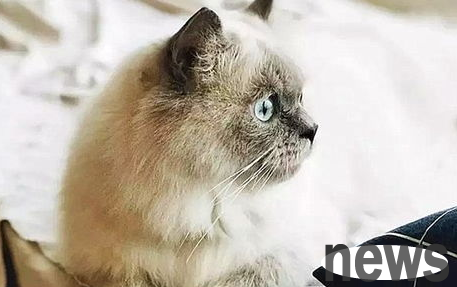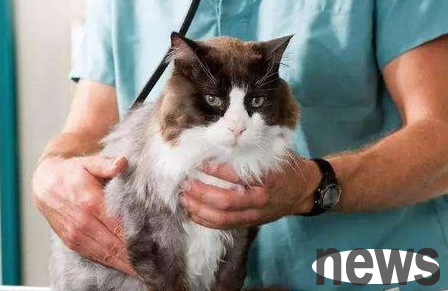Can cat heart disease be cured? Blood pressure and ray examination of cat heart disease! The basic examination of a cat's heart is to listen to the heart sound, check the heart rate, or detect abnormalities in the heart based on the frequency of breathing. These can detect abnormalities in the heart in a timely manner. Of course, discovering abnormalities is the first step. To further confirm the condition, you need to use blood pressure measurement, radiation examination, cardiac ultrasound examination and other methods.

1. Blood pressure test The blood pressure measurement method is divided into direct invasive and indirect non-invasive. The best method for direct invasive blood pressure measurement is, but it is technically difficult to implement in unsed cats, and the common side effect is pain or hematoma. The advantage of the non-invasive method is that it is slightly guaranteed to limit the operation, which is easy to operate. Non-invasive methods include auscultation, Dumble, pulse amplitude, and photovoltaic change schema.
All non-invasive blood pressure examination methods require the use of an expanded vein-pressure band tied to the across to measure. The pressure of the vein-pressure band is measured through a sphygmomanometer or pressure sensor, pressurized with a pressurized ball, and then release the pressure with the exhaust valve. The scale of the pressure is read, but the method of monitoring blood flow is different.
1. Auscultation: Place the stethoscope on the artery proximal to the vein band. When the inflatable pressure gradually drops to the systolic pressure, the sound of blood flow will be heard. At this time, it is the systolic pressure. However, the arterial blood flow sound in animals is usually small in frequency or amplitude, and the auscultational square is not suitable for cats.
2. Dumble style: Place the detector on the artery of the wrist and use the expander to amplify the sound so that the operator can easily hear the sound of blood flow.
3. Pulse amplitude: Because if the pulse band detects a pulse, it will be pressurized until the pulse disappears, and then the release pressure is measured to systolic pressure, diastolic pressure, average arterial pressure and pulse rate.
4. Photovolume change schema: Use infrared attenuation to calculate arterial volume. This was originally designed to be used on human fingers, so it can be used on cats less than 10 kilograms.
The optical volume change schema machine is expensive, and the use object is limited. The auscultation type is not easy to operate and has high difficulty. Therefore, the most common clinical use of the Dumbler type and the pulse wave amplitude type are used. However, the pulse wave amplitude type requires a long measurement time for cats and the machine is inflating loudly, which is difficult for cats to use. However, the disadvantage of the Dumbler type is that it is inaccurate in the calculation and measurement of diastolic pressure or average pressure. In non-invasive measurement, it is recommended that "Dupl blood pressure meter" be used as a blood pressure measurement.

2. X-ray diagnosis
When the cat lies on his side, the mandrel will rotate slightly, so that the chamber in the right heart will be more inclined to the cephalic side and the chamber in the left heart will be more inclined to the caudal side. The shape of the heart is oval, and the angle is drawn from the branch of the trachea toward the apex will form about 45 degrees with the sternum. In cats, the angle will decrease as they age, which may be related to the decrease in elasticity of the connective tissue of the aorta.
The correct position range for cat heart disease X-ray examination should be from the first rib to the first lumbar vertebra, and a complete chest image has been obtained. The center of the lateral film is aligned with the 4th to 5th intercostal space, the regular film is aligned with the edge of the scapula, the left and right films, the position of the heart is different. The apex on the left film is usually too high by the sternum, and the contact area with the sternum is widened, which is often mistaken for the enlargement of the right heart. Therefore, right side lying films are often selected; on the orthopaedic film, due to gravity, the position of the heart may fluctuate downwardly. The lung blood vessels at the hilar are more obvious when the lungs are ventilated. When the dorsal and ventilated film is rounder, the central heart is longer. Therefore, doctors generally choose one side lying film in combination with the orthopaedic film, which helps to diagnose heart disease. Sometimes it is necessary to take two side lying films to clearly evaluate the condition of the lung field.